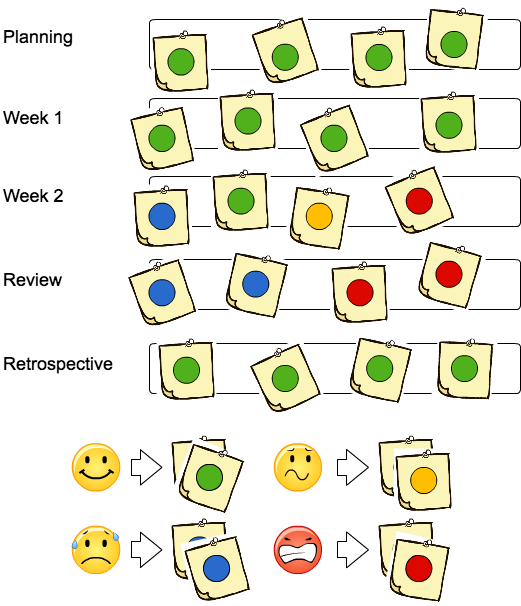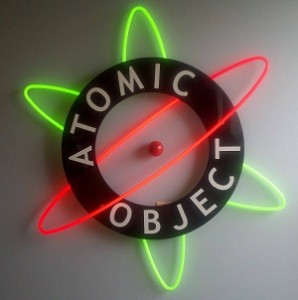 Too many times, companies focus too much attention on metrics like Team Performance and Team Efficiency, while ignoring metrics like Team Emotion or Happiness. This last week, I worked with a company and team which did not make this mistake. At the conclusion of the iteration, they held a retrospective.
As noted on a previous blog post,
Too many times, companies focus too much attention on metrics like Team Performance and Team Efficiency, while ignoring metrics like Team Emotion or Happiness. This last week, I worked with a company and team which did not make this mistake. At the conclusion of the iteration, they held a retrospective.
As noted on a previous blog post,
a retrospective meeting is held at the end of a scheduled event or time interval. With the aid of a facilitator, a team discusses what went well and what could be improved during the next interval or prior to the next scheduled event. The meeting is time-boxed to help ensure it doesn’t just turn into an out-of-control complaining session. When properly facilitated, you come out of the meeting with an actionable list for improvement candidates.
At the conclusion of the team retrospective, it was time for the final task of the (2-week) iteration. It was time to know how the team felt.
As you can see from this Cacoo drawing, the team was happy during iteration planning and the first week of the two-week iteration. Things didn't go so well during the second week or the Iteration Review. I was there during that meeting and not surprised they voted as they did. What is telling from this diagram was their feelings of the actual Retrospective meeting. They were very happy.
During the Retrospective, the team discussed how they could make the next iteration (and Review) better. It was a really healthy and productive conversation. There was no blaming. It was all about "how can we as a team do better?"
In closing, find out how your team feels. You may be surprised how team performance and efficiency improve when the team is happier. If you want true process or team improvement (Kaizen), track your feelings as well.



